
As part of my continuing efforts to travel around India and within each big city to explore questions of gender and space, gender segregation of public space and women in the travel and tourism industry, I went to see the Basant Festival at Hazrat Nizamuddin Dargah with the objective of capturing the gender representation there.
Every year on Basant Panchmi, the Holy Nizamuddin Dargah gets enveloped in yellow color to celebrate the everlasting legacy of Hazrat Amir Khusrau. Lovers & devotees of Khwaja Nizamuddin Aulia and Qawwaal singers, dress up in yellow and wear Basanti. The festival has become one of the major attraction for history and culture enthusiasts and tourists who want to explore Delhi in various ways. Every year, news magazines write about the festivals, photography clubs hold photo walks and walker groups hold history walks during the festival at Nizamuddin. But the gendered aspect of the festival has not been talked about.

During my visit, I identified some of the gender and space problem. To begin with, the most striking thing about the Basant festival was how they had excluded women from the celebrations. While the whole Dargah was engulfed in colour Basanti (yellow) and devotees were busy for the evening quawalli sessions it was actually the men who were part of all the activities. Men took the center stage (the open courtyard facing the Dargah where the quawallis are sung) looking important and enthusiastic in their yellow and white attire.
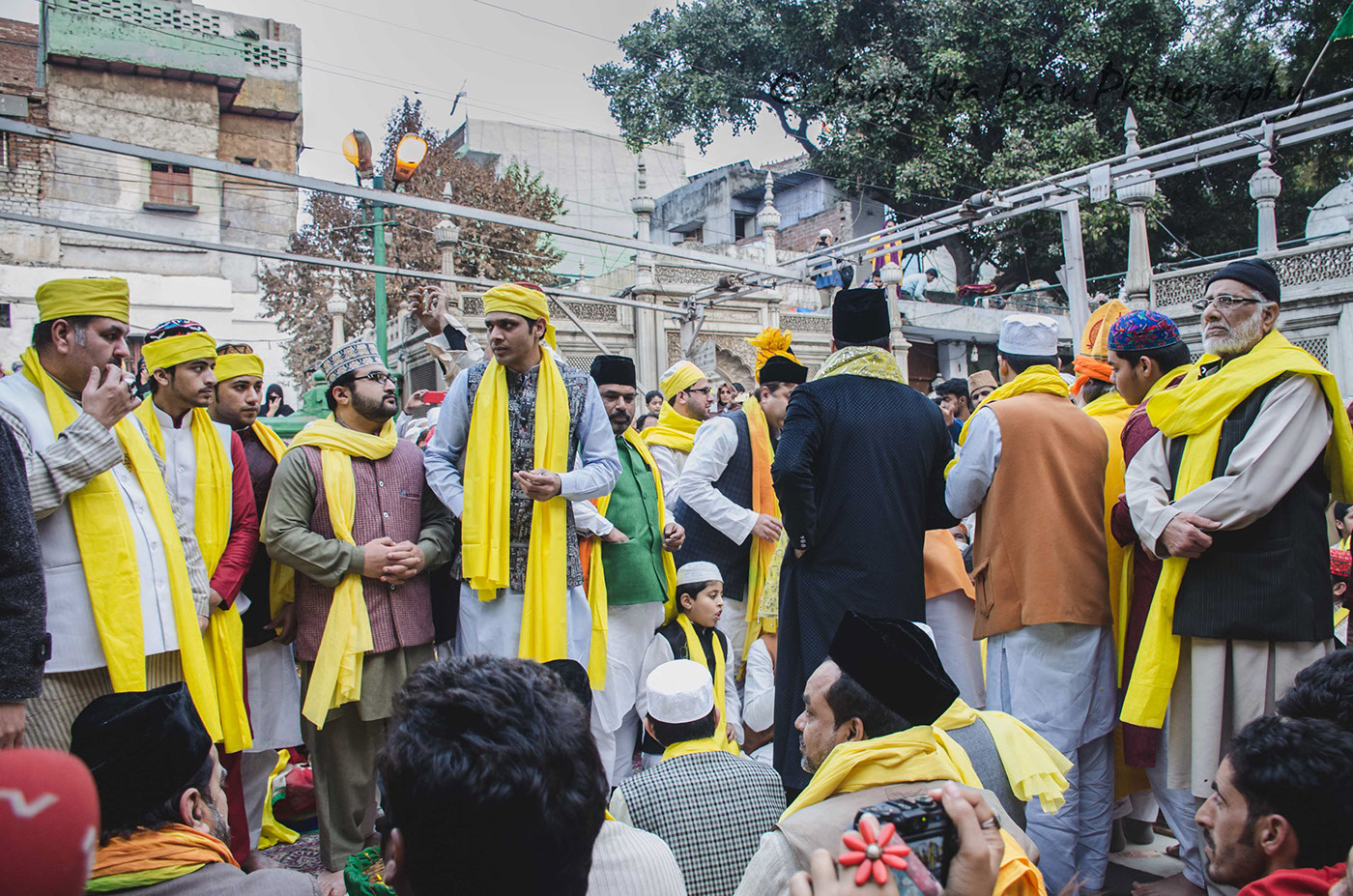
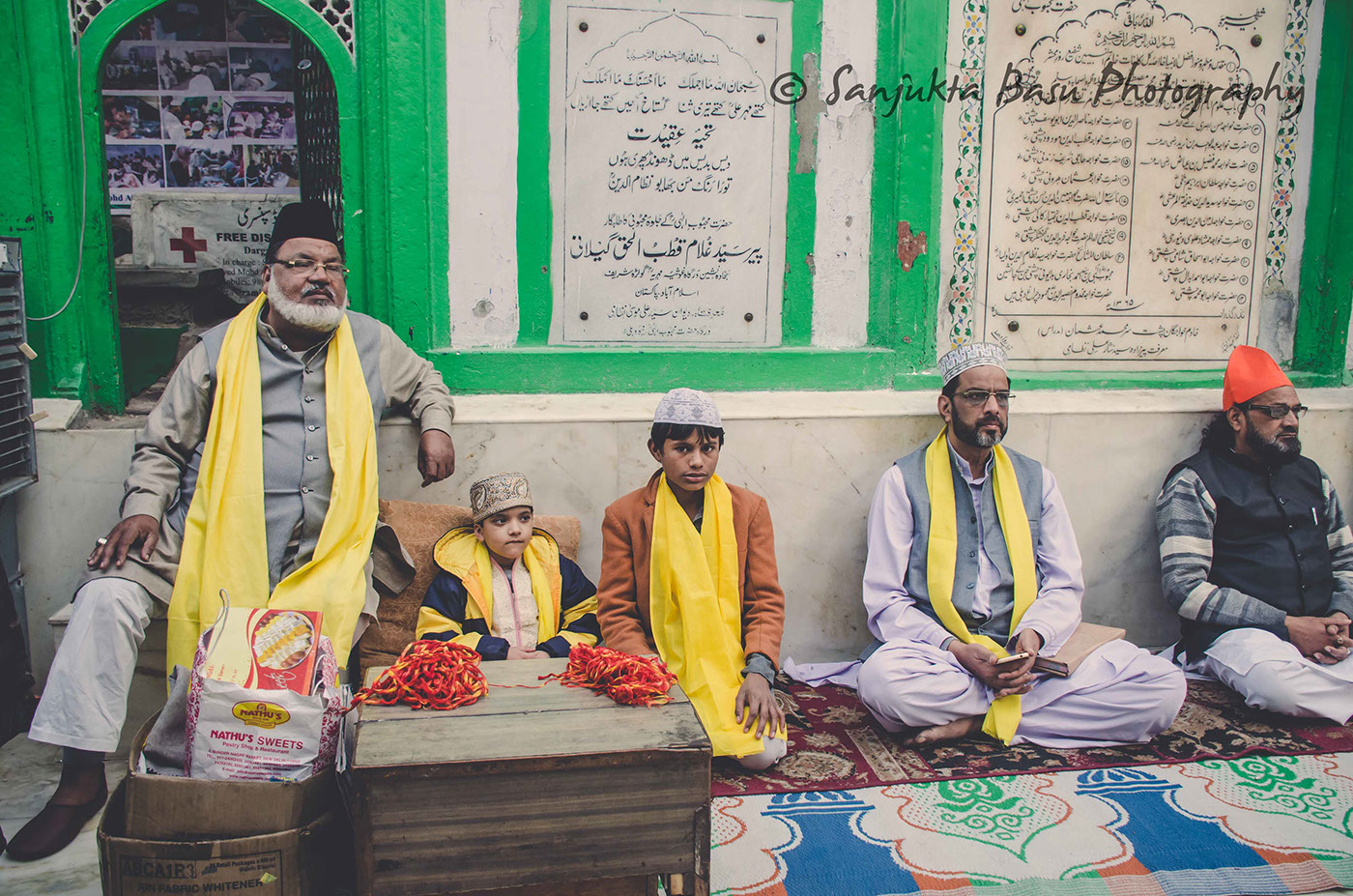
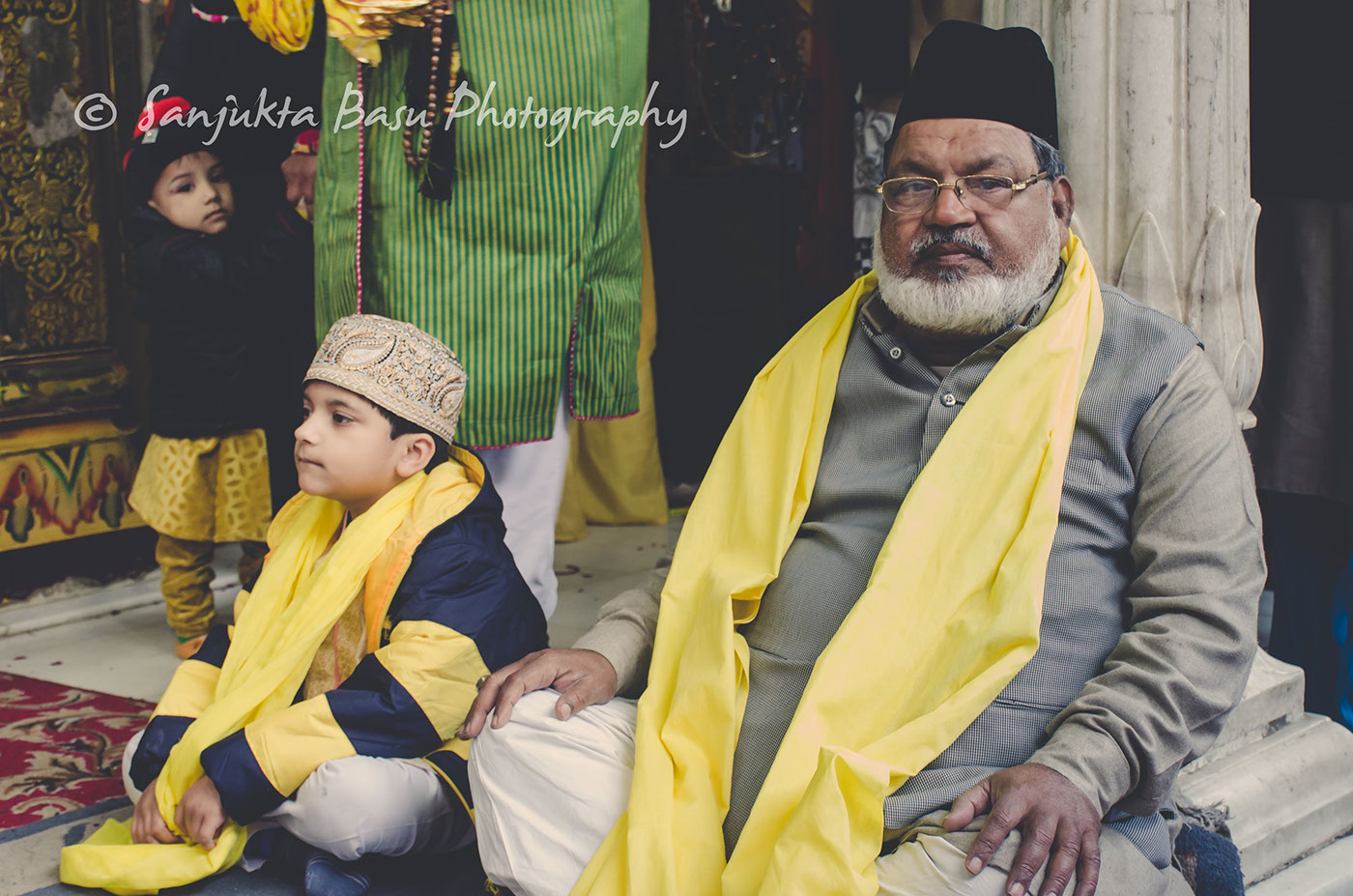

But the women were sidelined, wearing black burqas, sitting separately away from the center stage. Away from the colours and festivities.


Small boys were also dressed in yellow and white sitting at the center stage signifying how they will take the reigns when they grow up but I didn't see any girl child. A stunning visual representation of patriarchy. The men’s prayers were heard on loudspeakers and large group of men were praying together in a sign of unity and solidarity with fellow human but women were not part of it. They were reading their prayer books silently sitting away from men.
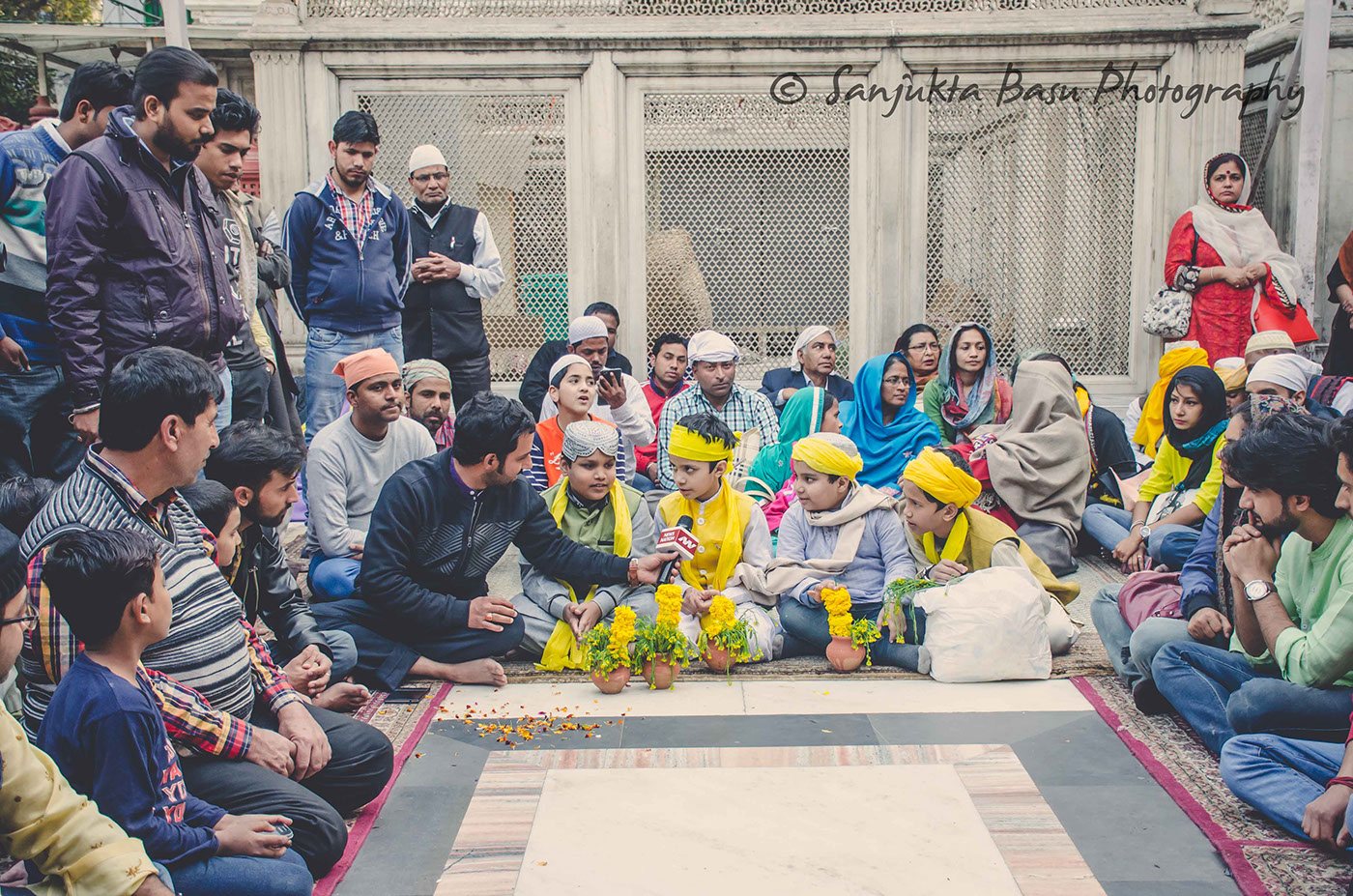
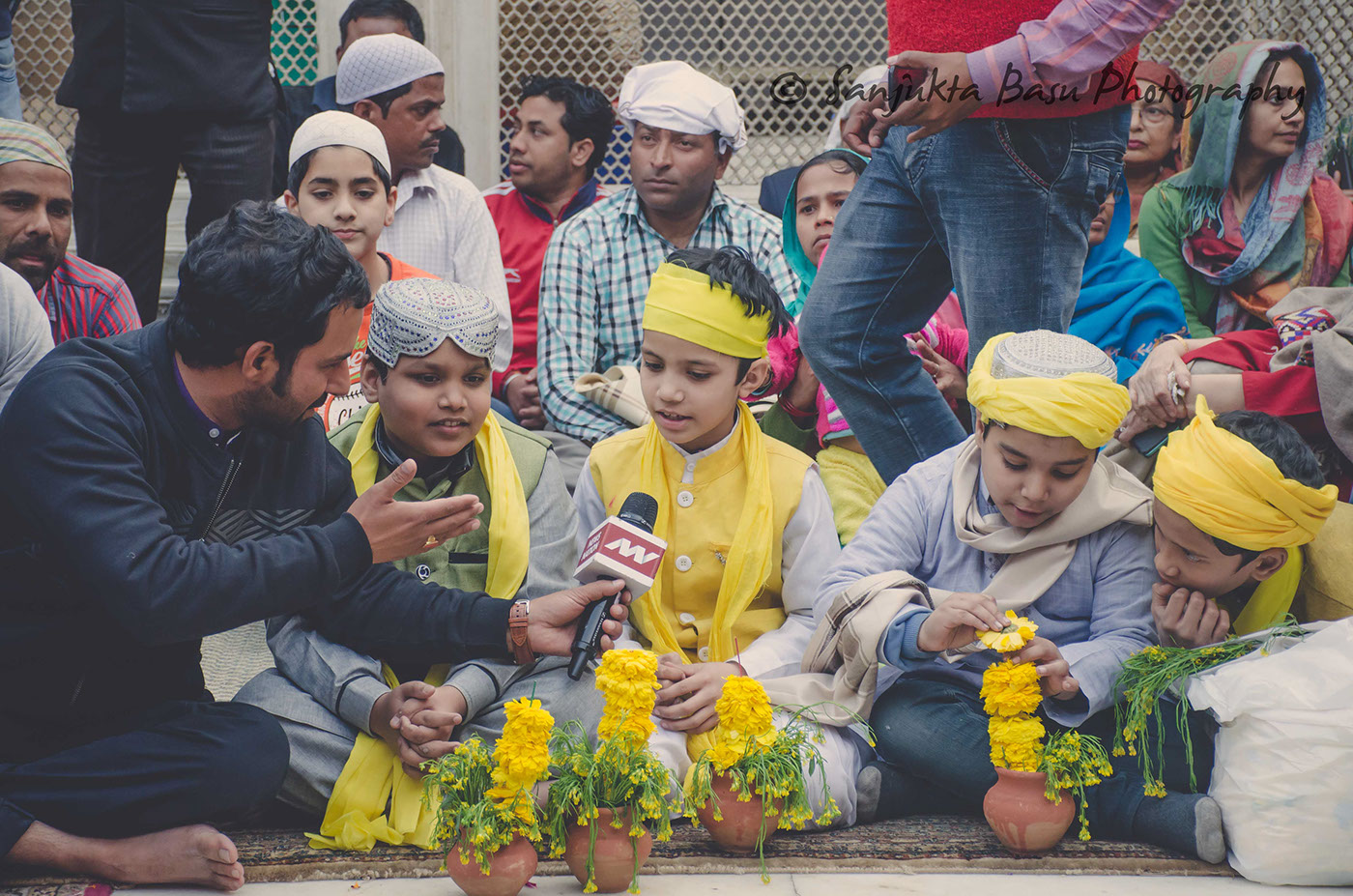




In this context a friend recently said, “So there are some religious reservations about women, let it be. Why a lot of the feminism is focused on trying to bring notional changes while ‘real’ issues of violence, illiteracy are not being addressed? Women’s right to enter temple or Dargah are mere notional changes.”
It is unfortunate that feminists are constantly made to feel guilty of their demands and have to give justifications and explanations on why notional changes are important. Firstly, change is a 360 degree approach, one change is not more important than the other. Secondly, notions and ideologies are at the root of social rules and values. Unless we hit at the ideologies how can we bring an overall change?
Lastly, the thing I couldn’t capture in a photo was the male voices at the start of the namaaz saying, “Ladies log ko hatalo, namaaz shuru hone wala hai” (Remove the ladies, prayer is about to start).

Women are not allowed into inner sanctum of the Sufi Shrine. As such the main ritual that of putting a chadar on the Shrine is not done by women.


